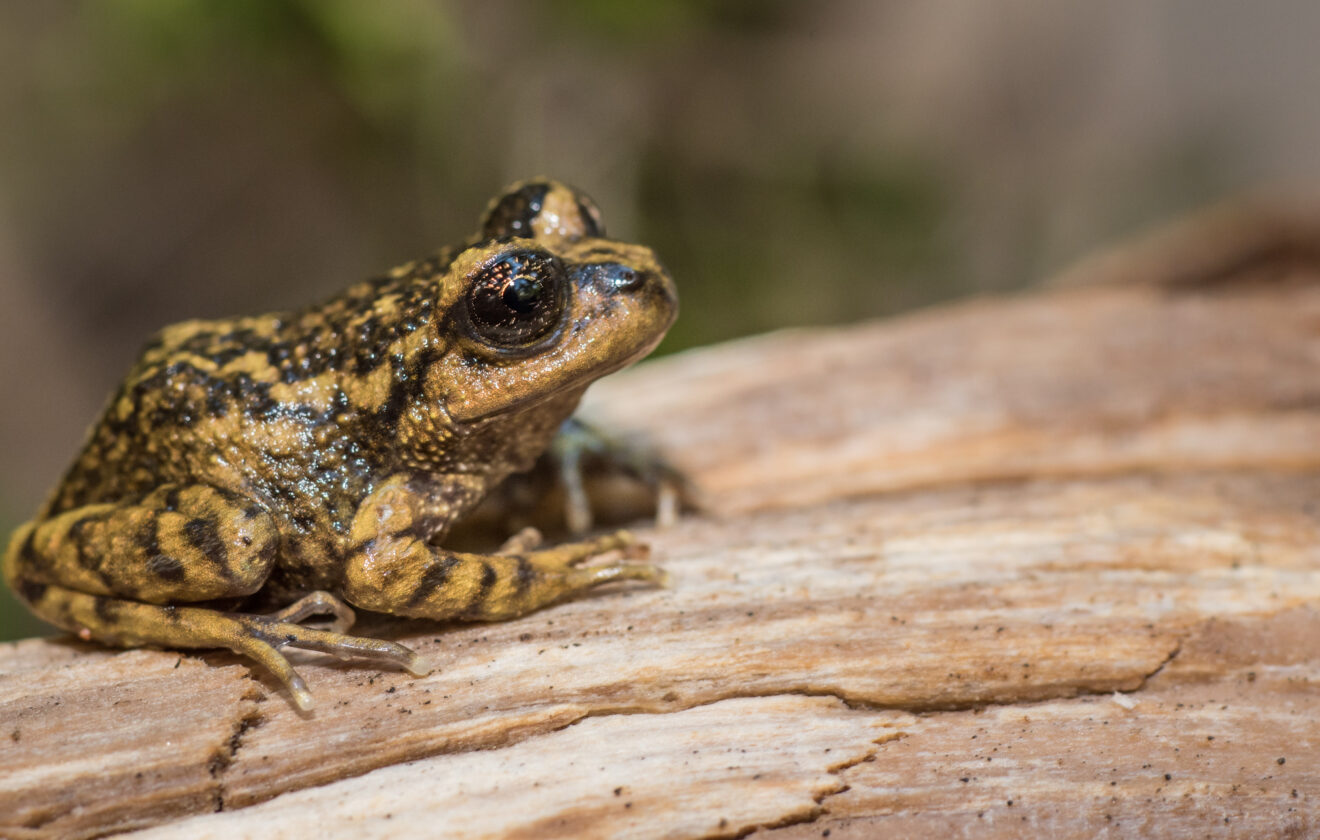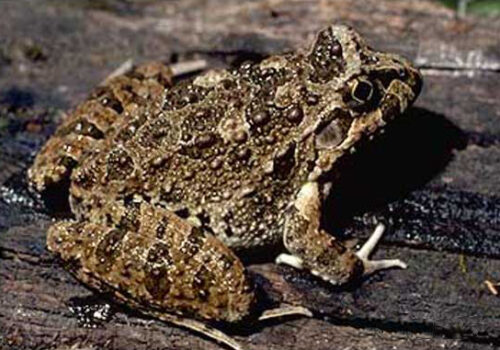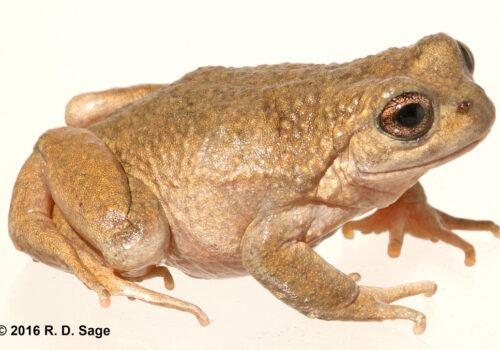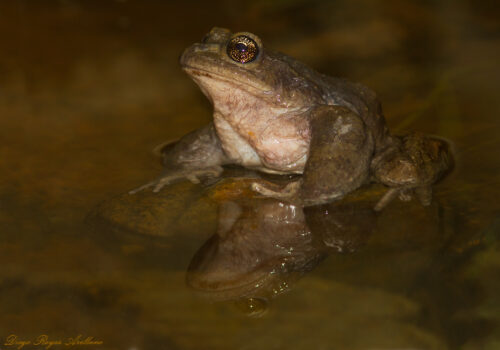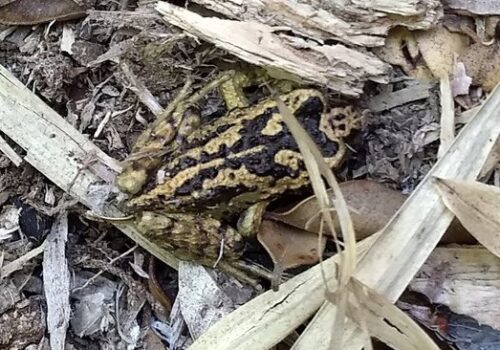- <<<a href="/?p=4831">Allophryne ruthveni</a>="/?p=4829">Allophryne resplendens</a>="/?p=4828">Allophryne relicta</a>: Discovering the Hidden Wonders of Patagonia's Enigmatic Frog
- Taxonomy and Classification
- Natural Habitat: A Life in the Mist
- Physical Characteristics: Subtle Elegance Meets Evolutionary Perfection
- Behavior and Life Cycle: Harmony beside Mountain Streams
- Ecological Significance: Guardians of a Fragile Wilderness
- Threats and Conservation Status
- Cultural and Scientific Significance
- Conclusion: Preserving a Hidden Legacy
<<Allophryne ruthveni=”/?p=4829″>Allophryne resplendens=”/?p=4828″>Allophryne relicta: Discovering the Hidden Wonders of Patagonia’s Enigmatic Frog#
Deep within the pristine landscapes of southern Chile and Argentina lies a small, secretive anuran that has quietly enchanted herpetologists and nature enthusiasts alike. The Alsodes barrioi, an amphibious gem hidden in Patagonia’s moss-covered forests and crystal-clear mountain streams, tells a compelling story of adaptation, resilience, and ecological significance. Its striking presence, however subtle, remains a testament to the wonders of evolutionary perfection. But as captivating as it is elusive, this remarkable frog also epitomizes a fragile delicate balance, reminding us of our profound responsibilities toward preserving natural ecosystems.
Named after esteemed Argentine herpetologist Antonio Barrio, Alsodes barrioi belongs to a genus known for the understated beauty of amphibians adapted to Patagonia’s rugged environments. Intriguingly, these inconspicuous frogs harbor unique adaptations and complex behaviors tucked skillfully beneath their reserved appearance and modest size. As amphibians worldwide face unprecedented challenges, documenting and understanding species such as the Barrio’s frog becomes increasingly crucial.
Taxonomy and Classification#
Belonging to the family Alsodidae, the Patagonian frogs in the genus Alsodes are truly remarkable species adapted to cool climates and mountainous terrains. The species Alsodes barrioi itself was scientifically described in 1981 and named in honor of Antonio Barrio, a celebrated figure in Argentine herpetology. Its taxonomical classification stands as follows:
- Kingdom: Animalia
- Phylum: Chordata
- Class: Amphibia
- Order: Anura
- Family: Alsodidae
- Genus: Alsodes
- Species: Alsodes barrioi
The unique traits exhibited by members of the Alsodes genus reflect their specific evolutionary path—as inhabitants of cold climates, high altitudes, and forested valleys. It shares close evolutionary ties with other Patagonian-dwelling frogs, such as Alsodes gargola, forming a distinctive lineage adapted to extreme climatic conditions unique to the region.
Natural Habitat: A Life in the Mist#
The story of Alsodes barrioi unfolds amid the lush valleys and pristine montane forests of Patagonia, straddling territories within southern Chile and Argentina. More specifically, this species inhabits temperate rainforest ecosystems found primarily in the Andean mountain range, characterized by dense vegetation, stable water sources, and consistently cool temperatures.
Patagonia’s Emerald Valleys#
Traversing mountain streams nestled beneath a dense canopy of southern beeches (Nothofagus) and adorned with lichens and mosses, one might catch a fleeting glance of this elusive frog. Clear, cool water courses intertwine through leafy undergrowth, providing the ideal conditions these frogs require—rich moisture accompanied by stable, low-range temperatures.
Though physically resilient against climatic extremes, Alsodes barrioi greatly depends upon integrity and stability in their habitats. They thrive in areas where freshwater streams flow steadily, feeding the delicate ecosystem that shelters their entire life cycle, from egg to adulthood. Any disruption of these habitats, even slight fluctuations in temperature, can have drastic impacts on their delicate balance and survival.
Specialized in nuances foreign to most amphibians, these frogs vividly illustrate evolution’s creativity in sculpting species uniquely suited to their environments. Their dependence on clean, low-pollution, high-altitude streams makes them particularly sensitive—and therefore valuable early-warning indicators—of negative ecological changes.
Physical Characteristics: Subtle Elegance Meets Evolutionary Perfection#
Observing Alsodes barrioi in their natural environment is truly rewarding but challenging. These frogs are small, usually ranging between 4 and 6 centimeters in length, with coloration and skin texture optimized to blend seamlessly into their mossy backgrounds. Shades of olive, greenish-brown, or muted grey adorn their smooth, slightly grainy skin surface, expertly camouflaging them amidst the earth, leaf litter, and stones along forest streams. Subtle mottling can further enhance their invisibility, allowing them to escape predators and perfecting their patient hunting tactics.
Their well-developed hind legs, strong yet compact, facilitate skilled jumping and precision swimming—abilities essential in evading predators and capturing prey in these cool, mountain streams. Webbing between toes is moderate, allowing efficient swimming without hindering their terrestrial activities. Large, expressive eyes help them hunt small invertebrates during twilight hunts, offering keen vision adept at commanding the low-lit reality beneath dense forest canopies.
One fascinating aspect is their skin’s permeability; like other amphibians, they rely deeply on cutaneous respiration—absorbing oxygen directly through their moist skins. This adaptation, however, renders them especially sensitive to environmental contaminants, making their presence—or absence—a litmus test for assessing local ecological health.
Behavior and Life Cycle: Harmony beside Mountain Streams#
In the sheltered realms of their forested enclaves, the life and habits of Alsodes barrioi are intimately connected to water. They return annually, compelled by instinctive rhythms, to specific breeding sites characterized by stable, shallow, slow-moving waters. Here, the species embarks on one of nature’s extraordinary rituals: courtship, mating, and careful selection of environments suitable for laying their delicate egg masses.
The breeding season commences when spring thaws gently warm their secluded valley habitats. Males occupy traditional territories along shallow streams and ponds, serenading potential mates with subtle, melodious mating calls—soft in comparison to more boisterous tropical relatives but effective within their quiet, wooded landscape.
Tadpoles of the Mountain Stream#
Eggs are laid in gelatinous clusters attached securely to submerged branches, rocks, or the undersides of leaf debris, facilitating their protection from swift water currents and potential predators. The tadpoles of this species, uniquely adapted to cool waters, possess strong tail musculature and streamlined, flattened bodies ideal for withstanding unpredictable mountain currents. Growth and metamorphosis take several months, influenced substantially by environmental factors, including water temperature.
Upon reaching maturity, juvenile frogs embark upon terrestrial adventures, though never far from their aquatic origins. They maintain close ties to streams and associated moist habitats throughout life, embodying a gentle, constant balance between terrestrial exploration and aquatic loyalty.
Ecological Significance: Guardians of a Fragile Wilderness#
The presence of Alsodes barrioi serves as a meaningful benchmark for environmental health in Patagonia’s delicate ecosystem. Amphibians naturally occupy dual roles, both predator and prey. They manage invertebrate populations by consuming insects firsthand—thereby contributing to local pest control—while simultaneously providing sustenance to various predators, including birds, mammals, and other amphibians, nurturing complex food webs maintaining biodiversity.
Perhaps most crucially, Alsodes barrioi, sensitive to even minute environmental contaminants and temperature fluctuations, functions as a biological sentinel. Their presence signifies ecological stability; their absence warnings of unseen harm threatening the environment, beckoning conservationists and policymakers toward action.
Threats and Conservation Status#
While currently classified by the International Union for Conservation of Nature (IUCN) as “Least Concern,” the vivid ecological reliance and limited distribution render this frog susceptible to potentially rapid declines should climatic and anthropogenic factors disrupt their delicate habitats.
Habitat Disturbances and Climate Change#
Deforestation, logging, and altered water regimes pose significant potential threats to the sustainability of Alsodes barrioi populations. Climate change looms large, altering precipitation patterns, increasing frequency of drought conditions, shifting extreme weather events—each phenomenon intricately affecting water balance and therefore amphibian survival.
Regional national parks, protected areas, and coordinated conservation strategies between Chilean and Argentinian authorities underline the importance of preserving these vital landscapes, securing streams, and mitigating climate change impacts on these unique frogs and their precious ecosystems.
Cultural and Scientific Significance#
Dedicated scientists pay homage to Antonio Barrio by uncovering secrets held by his namesake frog, deepening our collective understanding of evolution, climatic resiliency, and conservation imperatives.
Conclusion: Preserving a Hidden Legacy#
Alsodes barrioi symbolizes complexity behind nature’s quiet façades—a testament to adaptation, resilience, and ecological sensitivity intertwined with Patagonia’s rugged beauty. Let us honor their survival story and unite actively in securing a safe, thriving habitat for future generations. Advocate for conservation, educate others, or immerse in the broader wonders of Patagonia through related articles such as The Rich Amphibian Diversity of Patagonia. Through knowledge and passion, we breathe vitality into the legacy of obscure but indispensable creatures like Alsodes barrioi.

